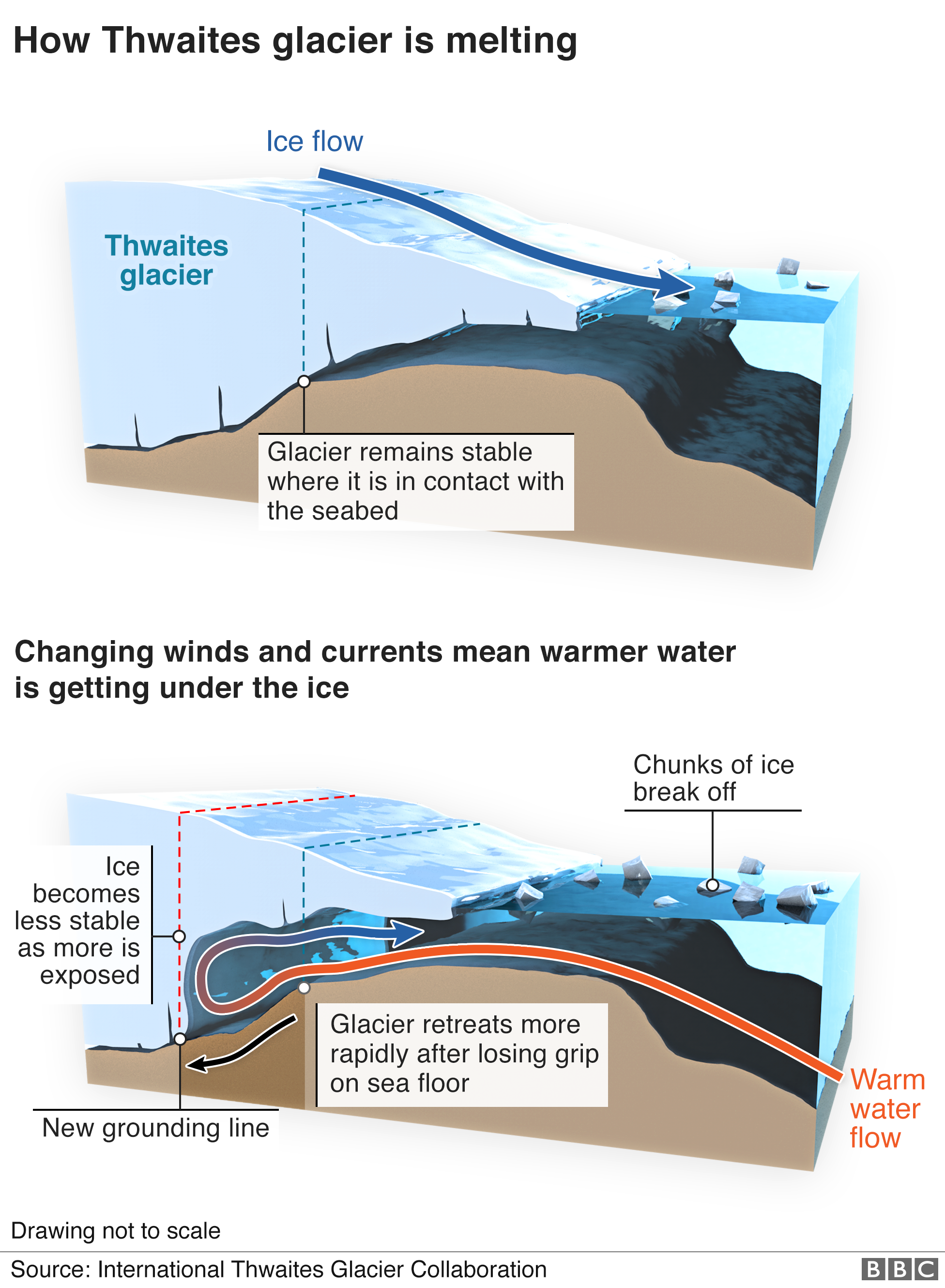- Joined
- Jan 28, 2013
- Messages
- 94,823
- Reaction score
- 28,342
- Location
- Williamsburg, Virginia
- Gender
- Male
- Political Leaning
- Independent
 [h=2]Scientists: W. Antarctica’s Thwaites Glacier Is NOT Melting Due To A Progressively Warming Climate[/h]By Kenneth Richard on 4. February 2019
[h=2]Scientists: W. Antarctica’s Thwaites Glacier Is NOT Melting Due To A Progressively Warming Climate[/h]By Kenneth Richard on 4. February 2019Antarctica Has Not Warmed In Over A Century Natural Variability – Not Humans – Drives Ice Melt The most recent mass media contribution to the canon of climate alarmism referenced a study claiming that “climate change” (i.e., human-caused deep ocean warming) was responsible for the Amundsen Sea’s (West Antarctica) “rapid melting” of the Thwaites Glacier. […]


